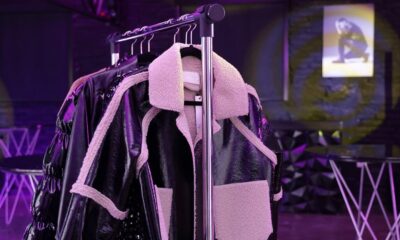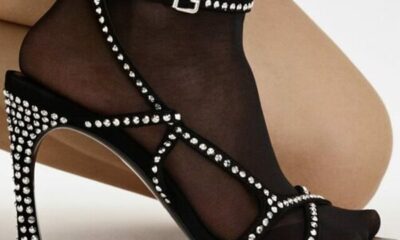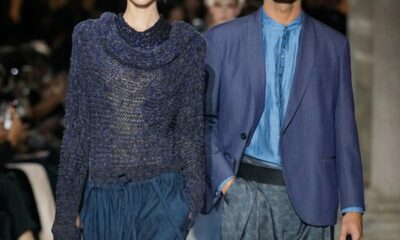Fashion
Founder Ahlem Manai-Platt talks new Ahlem store in Los Angeles
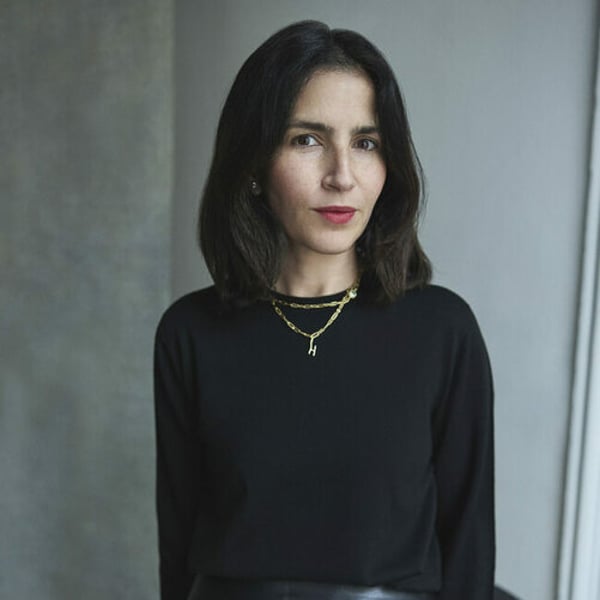
Published
October 1, 2025
Nine years after opening her first store in Venice, Los Angeles, eyewear designer Ahlem Manai-Platt will open a second location in Melrose Place in a few weeks, her fifth worldwide after Paris, New York, and San Francisco. Having partnered with investment group 1686 a few months ago, the designer has new projects in the works.
FashionNetwork.com met with the designer in Los Angeles.
FashionNetwork: You are opening your second store in Melrose Place soon. Why did you choose a second location in Los Angeles, and why did you choose the Melrose Place neighborhood?
Ahelm Manai-Platt: Los Angeles is a city that holds a very special place in my history. It’s where it all began for Ahlem, where I took the risk of launching the brand without a specific plan, simply with the intuition that something had to exist differently. It’s also a city that has given me immense freedom—a more instinctive, less codified way of living and creating. The first boutique on Abbot Kinney had that pioneering energy. Melrose Place is another step forward. It’s a place that speaks more of maturity, elegance, and intimacy. I wanted to create a space that reflects the brand’s evolution and tells another facet of its story.
FNW: Each boutique you open has its own particular design style. What can we expect from your Melrose Place location?
A.M.P.: For me, each store is like a page in a diary: it has to reflect my state of mind at the time of its creation. Melrose Place will be very different from the others. The idea was to create a place that doesn’t look like a store but more like a domestic space, like a quiet house where every detail has a purpose. The materials will be noble, raw, timeless: metal, wood, and plaster. The atmosphere will be both soothing and intense, very refined but never cold. I want people to feel comfortable there, to want to stay—even without buying anything.
FNW: A bespoke service will also be offered in-store. What does this involve and why focus on bespoke services?
A.M.P.: Bespoke services probably best embody what I love about this profession: human interaction, dialogue, and creativity that arises from an encounter. It goes far beyond the product: it’s about listening to a personality, understanding a look, a gesture, a world, and then giving shape to all of that in a frame. It’s also a way of resisting the idea of fast consumption. Creating a unique object takes time, attention, and care. And that’s exactly what I want to defend.
FNW: Los Angeles is the city where it all began for you. You also lived there for a few years. Is California a key market for your brand?
A.M.P.: Yes, of course. But beyond the market, it’s above all an emotional place for me. It’s a city that shaped my vision: the relationship with light, space, and time. Everything is different there. California also has this very free way of appropriating objects—without codes, without snobbery—and that deeply corresponds to what I wanted to create with Ahlem: glasses that you wear naturally, because they become a part of you.

FNW: Other openings are planned in the United States. Which cities are you targeting and what is your overall strategy for the American market?
A.M.P.: There will be a second store in NYC, of course. Chicago too. But I’m not looking to open stores everywhere. Each opening must make sense, tell a story, and extend our universe. The idea is to create few, but very good ones. Our goal is to build deeply rooted places that become meeting points with our community.
FNW: You are leaving for Japan in a few days. How do you explain the Japanese enthusiasm for your brand?
A.M.P.: I think the Japanese can immediately sense when something is sincere. They have a culture of craftsmanship, precision, and skill, which resonates deeply with our way of working. They notice the details, even those that are left unsaid.
FNW: Do you have ambitions to open stores in Japan as well?
A.M.P.: Yes, there will probably be an opening there. I would like to create a place in Tokyo that is a kind of silent, almost spiritual temple, centered around the idea of the gaze.
FNW: Generally speaking, is the Asian market, including China and Korea, a key area of development for you?
A.M.P.: Absolutely. But once again, I don’t approach things solely from a commercial perspective. Asia has a very strong appreciation for well-made objects, authentic craftsmanship, and brands with soul. It’s this audience that I want to reach, rather than focusing on volumes or figures.

FNW: You have partnered with the 1686 investment group for several months now. How is your relationship going?
A.M.P.: I never imagined opening up my capital. I have always been very independent. But I really connected with them on a personal level. They understand my vision, they respect my creative process, and above all, they don’t try to change it. This partnership was born out of a desire to grow without betraying myself. And so far, it’s working very well.
FNW: Is retail development one of the main objectives of this partnership, and what overall strategy are you planning together?
A.M.P.: Yes, it’s an important part of the project, but it’s not the only one. It’s also about consolidating the brand, strengthening our teams, continuing to manufacture better, and creating even more exceptional products. We want to build something sustainable and solid that will still be relevant in ten or twenty years’ time.
FNW: In terms of products, are there any developments or new releases to look forward to?
A.M.P.: Always. That’s what drives me forward. There are new materials, new shapes, unexpected collaborations. And above all, the desire to push the boundaries even further. I also want to explore more bespoke designs and very limited series, almost like works of art. It’s a direction that fascinates me.
FNW: Five years after leaving Los Angeles, how do you feel in Paris? No regrets about leaving California?
A.M.P.: No regrets. Paris is my city. It shaped me, it sometimes hurt me, but above all it gave me a depth that I wouldn’t have found anywhere else. This is where I feel legitimate, aligned, rooted. And even though California continues to live within me, Paris is the only place where I can create with my whole truth.
Copyright © 2025 FashionNetwork.com All rights reserved.
Fashion
Mexico’s apparel sourcing from Asia-Pacific tops $4 bn in 3Q 2025
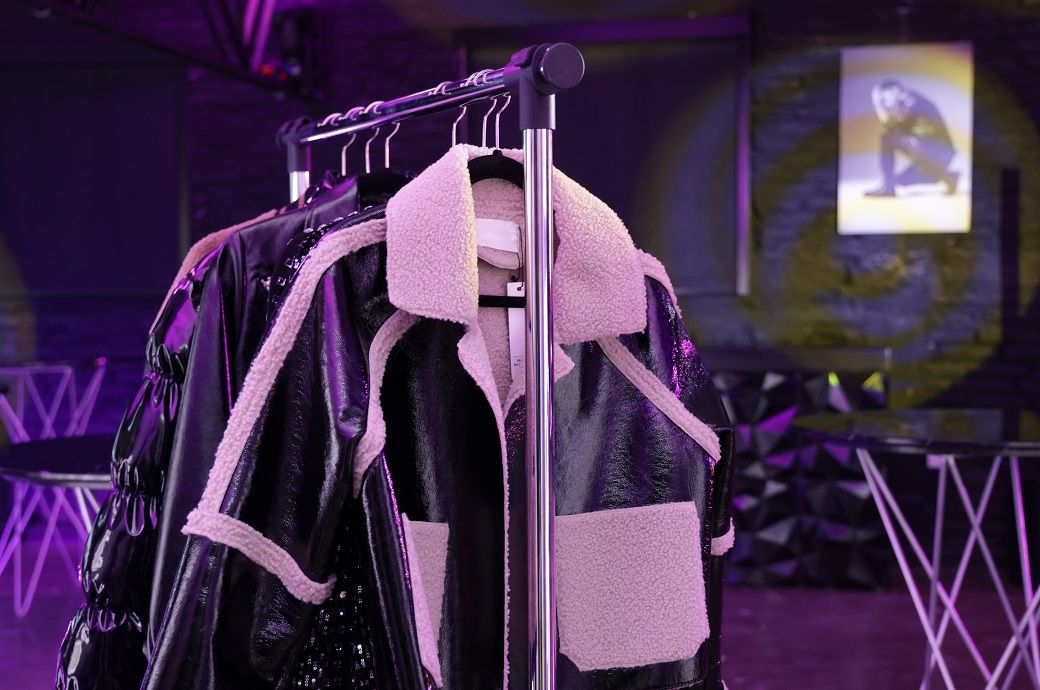
Between January and September ****, Mexico imported apparel worth $*.*** billion, covering *.*** billion garment pieces. Of this, *.*** billion pieces—equivalent to **.** per cent of total import volume—originated from Asia-Pacific suppliers, according to *fashion.com/market-intelligence/texpro-textile-and-apparel/” target=”_blank”>sourcing intelligence tool TexPro. While the value share improved from **.** per cent in the corresponding period of ****, the import volume dipped slightly from *.*** billion pieces to *.*** billion, indicating a higher average unit value as buyers shifted towards higher-value or better-quality product categories.
In comparison, apparel imports in the first nine months of **** were $*.*** billion (*.*** billion pieces), of which the Asia-Pacific region accounted for $*.*** billion or **.** per cent. On a full-year basis, Mexico imported apparel worth $*.*** billion in ****, including $*.*** billion from the region (**.** per cent share). The annual trend suggests that Asia-Pacific’s contribution has consistently remained close to ** per cent since ****, when total imports stood at $*.*** billion, followed by $*.*** billion in **** reflecting sustained reliance on Asian hubs for mass-market fashion, basics, and fast-moving apparel categories.
Fashion
India’s textile industry eyes full value addition after QCO removal
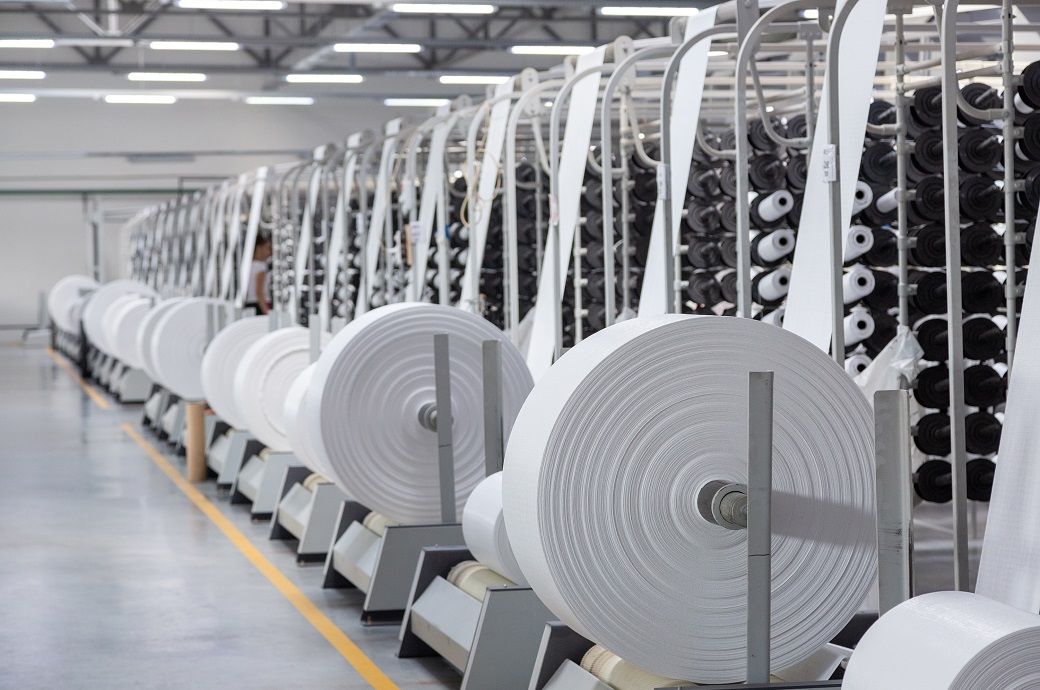
R K Vij, secretary general of the Polyester Textile Apparel Industry Association (PTAIA), told Fibre2Fashion, “India has taken a bold step making Indian textile products competitive in the global market. The QCOs earlier led to increased raw material prices of the entire textile value chain affecting the growth of Indian MMF industry, both in terms of domestic growth as well as export competitiveness. The apparel and textile sector essentially uses two kinds of raw materials. Any non-tariff barrier like QCOs, anti-dumping duty on the basic raw materials should not be there but the same could be put on the value-added products like fabrics and garments so that the import of these value-added products could be restricted.”
India’s removal of QCOs on polyester value chain products has boosted industry confidence, with leaders saying it will lower raw material costs, improve global competitiveness, and support MMF-led growth.
SIMA and PTAIA leaders welcomed the move, urging similar action for viscose staple fibre and filament yarn to capture emerging global market opportunities.
“With the phasing out of QCOs, Indian textile industry will be able to sustain its fullest growth potential not only in the domestic market but also in the most competitive global markets with the availability of raw materials till the stage of fibre and yarn at internationally competitive prices”, Vij stated.
Previously, the rapid rise in QCOs increased compliance costs, caused delays, and led to supply chain disruptions for the MSME sector. However, the removal of QCOs on textile products and their raw materials is expected to ease compliance burdens and positively impact industrial supply chains.
Durai Palanisamy, chairman of the Southern India Mills’ Association (SIMA), thanked the government for removing the QCOs, stating that this path-breaking reform marks a major milestone in positioning India as a global hub for manmade fibre (MMF)-based textiles and apparel. In a statement, he noted that removing the QCO on terephthalic acid and ethylene glycol—key raw materials for manufacturing polyester fibre—is a welcome move that will improve raw material availability and boost competitiveness. Overall, the decision is expected to accelerate growth across the MMF textile value chain, including yarns, fabrics, garments, made-ups, and technical textiles.
The SIMA chairman further observed that easing QCOs will streamline imports of polyester and its raw materials, ensuring uninterrupted supply to spinners, weavers, and processors. Competitive imports are likely to stabilise domestic prices, reducing cost pressures on downstream manufacturers and exporters.
He also appealed to Prime Minister Narendra Modi to remove the QCO imposed on viscose staple fibre (VSF) and filament yarn, which must be made available at internationally competitive prices and in an uninterrupted manner to seize emerging global market opportunities.
Fibre2Fashion News Desk (KUL)
Fashion
MS Printing Solutions presents waterless digital systems at ITMA ASIA
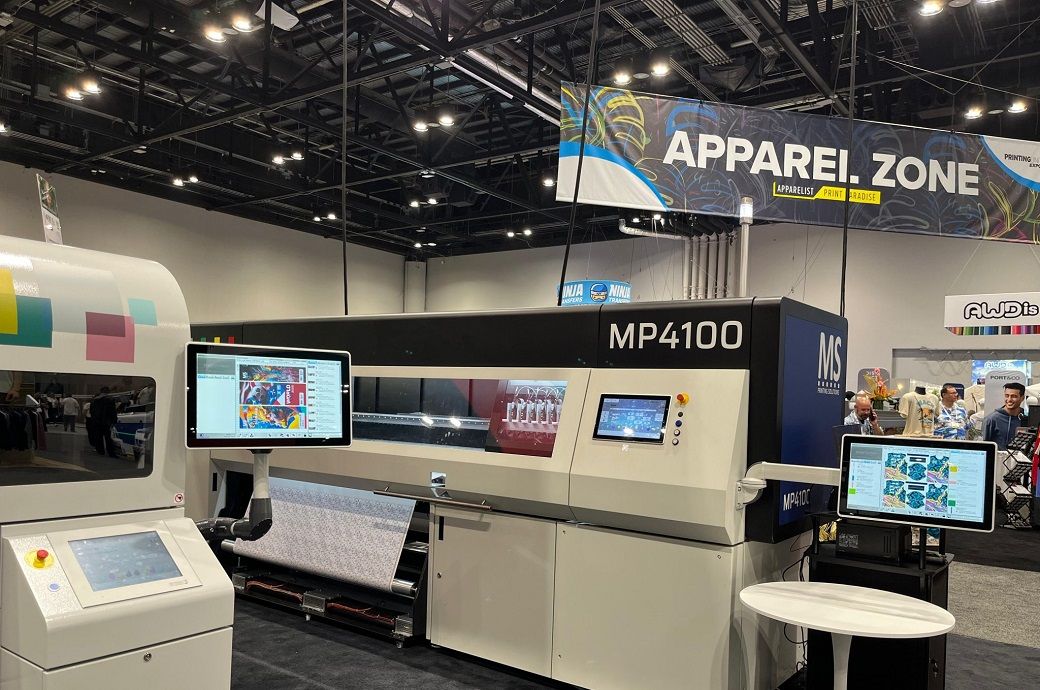
The companies presented systems that merge MS machinery, dryers and software with JK Group’s high-performance inks to create a streamlined, resource-efficient process tailored for modern textile production.
MS Printing Solutions and JK Group showcased advanced sustainable digital textile printing technologies at ITMA ASIA + CITME Singapore 2025, featuring a fully integrated, waterless pigment printing workflow.
The system minimises water, chemical, and energy use, improves efficiency, supports on-demand production, and helps manufacturers meet global sustainability and profitability goals.
A key highlight was the waterless pigment printing process, which removes the need for traditional steaming and washing. This approach sharply cuts water and chemical usage while lowering energy demand and operational costs. By simplifying production, the technology supports manufacturers in reducing environmental impact and progressing towards global sustainability standards required by international supply chains.
The integrated system also supports near on-demand production, enabling mills to align output more closely with actual demand. This helps reduce overproduction and the billions of garments wasted every year. MS Printing Solutions further demonstrated enhanced workflow efficiency through intuitive software that speeds up calibration, improves colour yield and delivers higher brightness.
Explaining how their solutions simplify operations while lowering production costs, Massimo Cavazzini, global sales lead at JK Group and MS Printing Solutions, told Fibre2Fashion in an earlier interview, “Choosing our solution means choosing digital printing—bringing customisation, flexibility, and efficiency to the forefront. With no limits on print runs and fewer production steps, manufacturers benefit from shorter time-to-market and lower costs. We have also engineered an advanced process monitoring system to ensure long-term ink reliability, maximising profitability for our clients. Our global vision is strategically designed to support local markets and customer preferences, while enhancing efficiency, productivity, and service through operational synergies. In essence, you print what you want, when you want, and only pay for what you need.”
Fibre2Fashion News Desk (HU)
-

 Entertainment1 week ago
Entertainment1 week agoChina unveils£5.4 bn Fujian, its most advanced aircraft carrier yet
-

 Politics1 week ago
Politics1 week agoIDF lawyers warned of possible Gaza war crimes: US intel findings
-

 Entertainment1 week ago
Entertainment1 week agoRobert Pattinson jokes about competing with Gen Z
-

 Tech5 days ago
Tech5 days agoFrom waste to asset: Turning ethanol production CO₂ into jet fuel
-
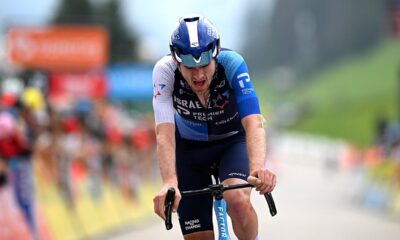
 Sports1 week ago
Sports1 week agoIsraeli cycling team loses top sponsor despite honoring request to remove country from name
-
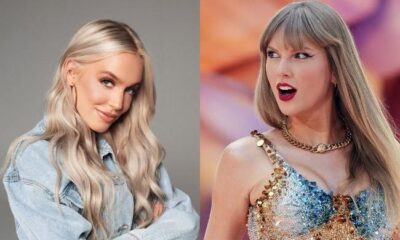
 Entertainment1 week ago
Entertainment1 week agoAlex Cooper apologizes to Taylor Swift for bizarre admission
-
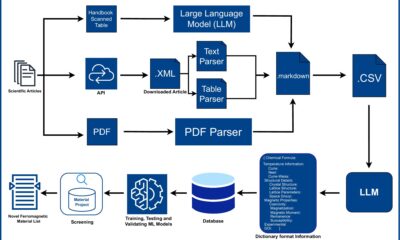
 Tech1 week ago
Tech1 week agoMagnetic materials discovered by AI could reduce rare earth dependence
-
Sports7 days ago
College football winners and losers: The catch of the year saves Indiana


